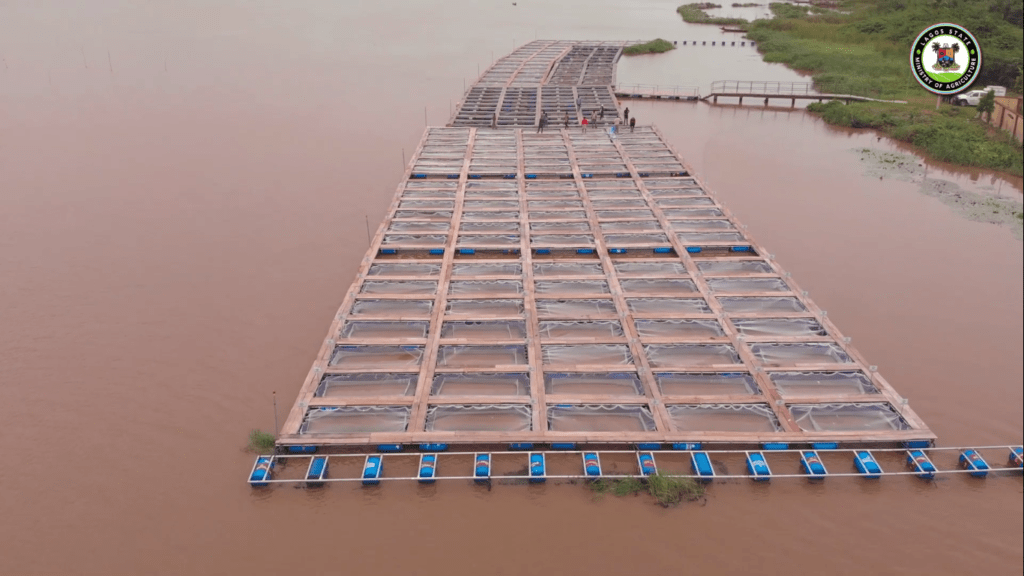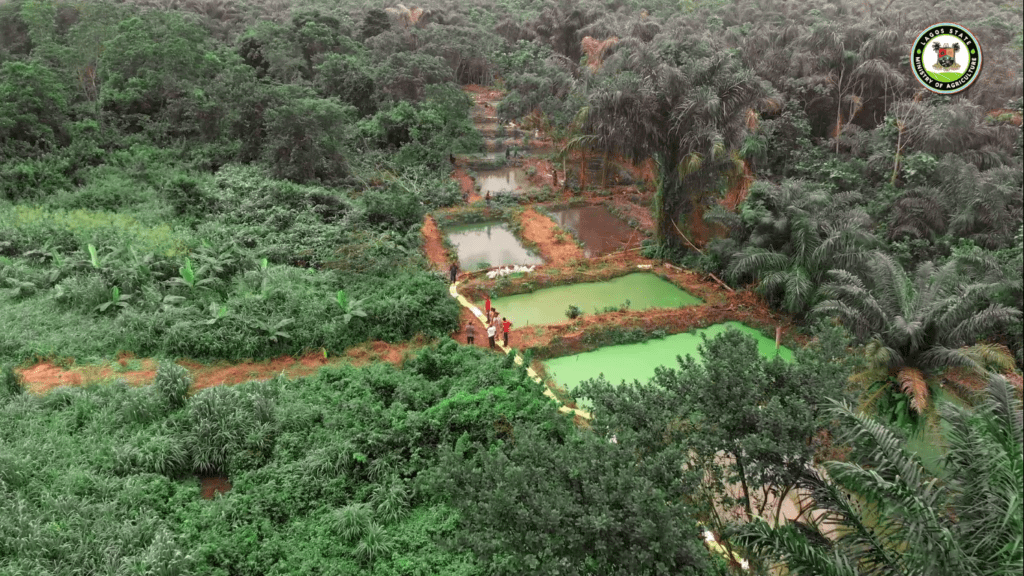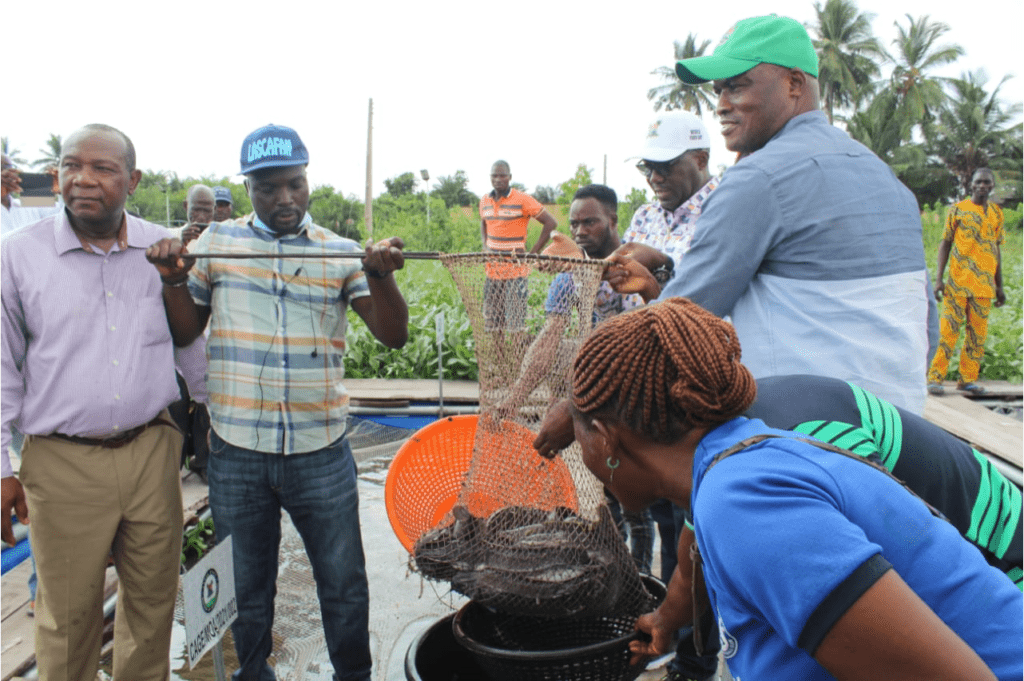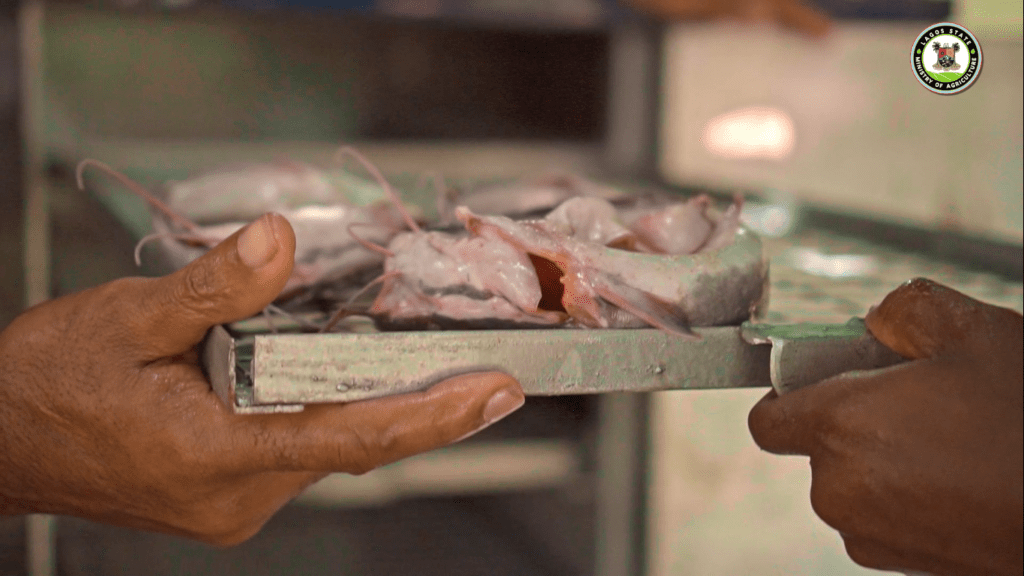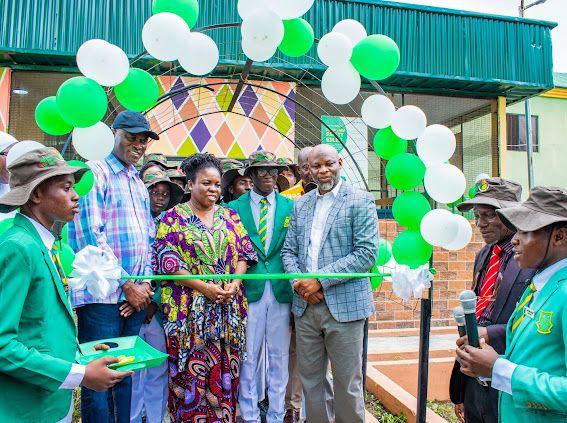Lagos State is a maritime state with 22% of its total land area as water. This is made up of a vast network of lagoon, rivers, swamps and other water bodies suitable for fish production. The State thus comparative and competitive advantage in fishing and fish related activities.
About 80% of the 174,553 tonnes of fish produced annually in the State is from the artisanal fisheries subsection while the balance is sourced from aquaculture and industrial fisheries.
Owing to the rising cost of fishing inputs (such as outboard engines and fishing nets etc) and other environmental issues such as pollution and climate change, catch per unit effort in. artisanal fisheries has been on a steady decline. This transforms to increased gap between demand and supply which is even aggravated when matched against increased human population figure and the corresponding increase in fish demand.
As a means to geometrically increase fish production in the State, aquaculture is being promoted as it provides avenue for sustainably boosting domestic fish production to meet the state’s annual fish demand of 374,000 tonnes.
This commenced with the implementation of the various projects in the State which includes Homestead Fish Pond Propagation Project, the Fish Farm Estate Projects and various owned fish farms across the five (5) Administrative Divisions of the State. Through this effort additional 35,524 tonnes of fish is injected into the State fish supply mechanism annually. However, the potential exist for the subsection to meet 100% of total fish demand when fully developed using both land and water based aquaculture systems.
The utilisation of open water bodies (lagoon network) for the culture of fish using fish cages has been adopted by Government as a vehicle for accelerated fish production and job creation for women and youths especially in artisanal fishing communities.
This system of fish culture has been successfully utilised in the culture of scaly fish and other species of fish that are not easily cultured in conventional fish ponds.
The objectives of the fish cage culture system are to:
• Promote the utilisation of open water system for fish culture.
• Cultivation of scaly fish and other species of fish that are not easily cultured in conventional fish ponds.
• Stimulate economic activities in host communities.
• Create alternative source of income for artisanal fisherman during off-fishing seasons.
The State has pioneered the commercial utilisation of cage culture system for the culture of fish in Nigeria through the establishment of fish cage culture units in six artisanal fishing communities; Ise community in Ibeju-Lekki, Ito-Awori in Ojo, Idale-Whedakoh in Badagry, Ijede in Ikorodu, Badore in Eti-Osa and Oko-orisan in Epe.
The project was intensified with the expansion of the cage project to other areas in the state such as Ebute-Afuye in Epe, Gbaji-Yeke in Badagry and Ejinrin in Ikosi-Ejinrin LCDA, empowering women and youth.
The successful implementation of the project has engaged the selected youth in productive activities and provided a source of income for them. It has also created awareness for investors on the economic prospects of the cage culture system.
